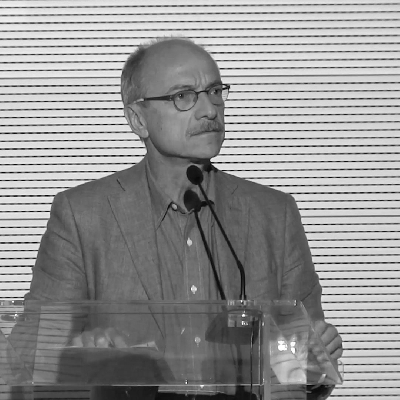So, we are not faced with choosing between two industrial models, but between a self-destructive system, already unable to avoid the counterblows caused by the build-up of environmental imbalances, and a system able to maintain that balance and offer a long-term solution. Cities become a training area for this choice. Even if perhaps, we should not talk about “cities.” According to Treccani encyclopaedic dictionary, a city is “a very large urban centre with buildings arranged in a more or less regular pattern as to offer good road conditions, with public services and anything necessary to favour social life.”
This is not what has happened in many Italian cities since the end of WWII. Houses have not adapted to the expansion of public services, but public services have adapted to houses, which in turn have adapted to undeclarable maps of land interests. Thus, the chaotic expansion of urban areas has deprived the countryside of its nature without conferring these sparsely populated territories cluttered with buildings the status of city. As is the case with illegal landfills, this squandering model has spread poisons. Physical poisons, measurable with the violation of air quality laws. And social poisons that have started to become more apparent when the economic downturn and immigration have disrupted the precarious balance in the outskirts.
Faced with this dangerous illegal situation, the circular economy seems not only a possible but also a necessary cure. In the last 40 years, Italy’s arable land has shrunk drastically: it has lost 5 million hectares, an area amounting to the area of Lombardy, Emilia-Romagna and Liguria combined. And this huge area, over 1.5 million hectares, has been buried under detached houses, warehouses, roads, junctions, pylons and landfills. 7% of the Italian territory is waterproofed, a percentage definitely much higher than the European average. What can be done?
In order to curb this damage we must not only reduce soil consumption but also reverse the trend, recovering the green use of paved and built-up land. In other words, we must take nature into cities regenerating critical parts of urban areas. But in order to do this, to gain soil, we must develop buildings vertically, thus gaining space for trees and for the quality of construction.
This is the model promoted by Stefano Boeri in an interview by Marco Moro published in this issue of Renewable Matter. “Buildings become a habitat not just for humans, but also for plants and animals. At the same time, together with the advantages in terms of health and quality of life, they have a direct impact on the urban economy. Trees in a urban context contribute to the lowering of temperature inside buildings between 2 to 5 °C, thus allowing a 30% reduction in air conditioning and guaranteeing considerable energy savings. Moreover, plants retain water thus reducing the risk of flooding with all benefits this entails. A series of actions and factors that make projects such as Bosco Verticale (vertical forest) tools to recover and optimize water and energy resources.”
Smart buildings (that is, not stupid from a biological, evolutionary point of view) become a necessary but not sufficient condition to define a city jumping from the circularity of poisons to virtuous circularity. They are the hardware of this new model. The software is represented by the virtuous energy interconnections explained by Ernesto Ciorra (ENEL manager for sustainability and innovation), by water resilience of Cap Group described by Emanuele Bompan, by the material recovery chain from demolition and building presented by Roberto Coizet. By combining all these experiences, we obtain a real and economically sound model. We must create a regulatory framework enabling these experiments to win the extremely hard battle of conquering 21st century markets. Politics should embrace this battle wholeheartedly.
Immage: www.flaticon.com


